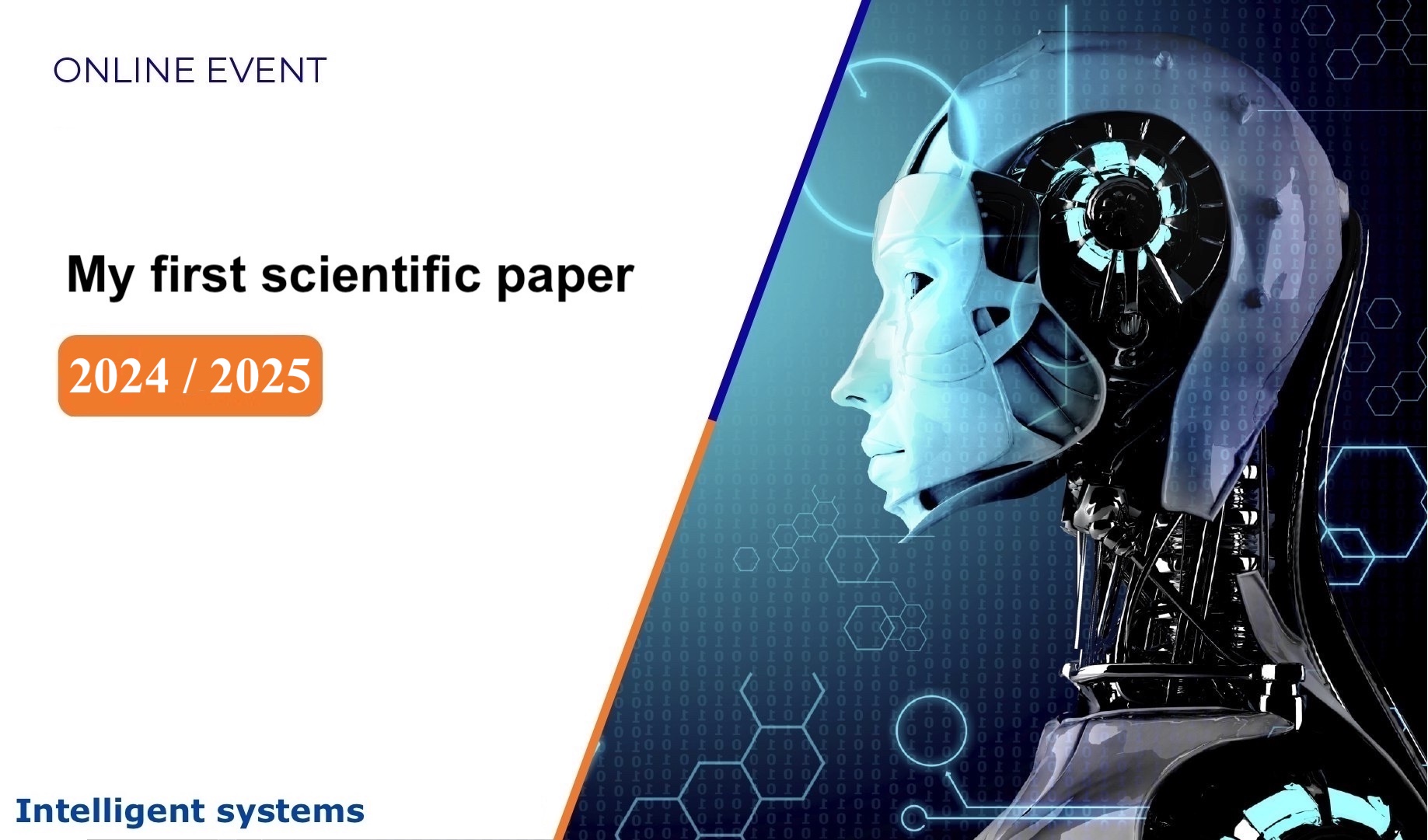Difference between revisions of "My first scientific paper"
| Line 59: | Line 59: | ||
== The Art of Scientific Research == | == The Art of Scientific Research == | ||
| − | '''See you this [https://m1p.org/go_zoom Saturday at 11:10 m1p.org/go_zoom]''' | + | <!--'''See you this [https://m1p.org/go_zoom Saturday at 11:10 m1p.org/go_zoom]'''--> |
The goal is to select and prepare the research topic of your dream. We must be sure that the problem statement and project planning lead you to successful delivery. | The goal is to select and prepare the research topic of your dream. We must be sure that the problem statement and project planning lead you to successful delivery. | ||
| Line 78: | Line 78: | ||
* [[Step 10|Step 10: Computational experiment and visualizing]] | * [[Step 10|Step 10: Computational experiment and visualizing]] | ||
* [[Step 11|Step 11: The final talk]] | * [[Step 11|Step 11: The final talk]] | ||
| − | |||
| − | |||
==Mathematical forecasting, 2024== | ==Mathematical forecasting, 2024== | ||
Revision as of 12:48, 14 March 2025
Fall 2025 — Functional Data Analysis starts soon
Before 13 February 2026 — My first scientific paper: Suggest your project here
On Thursdays at 17:50 — Class m1p.org/go_zoom and discussion channel t.me
See results of 2024 — on GitHub
Contents
m1p Week 4
m1p Course progress
This course produces student research papers. It gathers research teams. Each team joins a student, a consultant, and an expert. The student is a project driver who wants to plunge into scientific research activities. The graduate student consultant conducts the research and helps the student. The expert, a professor, states the problem and enlightens the road to the goal. The projects start in February and end in May, according to the schedule.
- Course schedule: Spring 2025
- Week 0: Sign up
- Week 1: Set the toolbox
- Week 2: Tell about your project
- Week 3: State your problem
- Week 4: Plan the experiment
- Week 5: Visualise the principle
- Week 6: Write the theory
- Week 7: Analyse the error
- Week 8: Construct your paper
- Week 9: Review a paper
- Week 10: Select a journal to submit
- Week 11: Prepare your presentation
- Week 12: Show your results (Youtube)
Links
- 2025 results GitHub
- 2024 results GitHub
- 2024 problems GitHub
- 2023 problems GitHub
- 2022 results GitHub
- The meeting room: m1p.org/go_zoom
- More courses from the Intelligent Systems
History
- Main page with old homework
- Group 674, 694, spring 2020
- Group 674, spring 2019
- Group 694, spring 2019
The Art of Scientific Research
The goal is to select and prepare the research topic of your dream. We must be sure that the problem statement and project planning lead you to successful delivery.
- The course syllabus
- Step 0: We start
- Step 1: Highlight your work
- Step 2: Describe an industrial project
- Step 3: Explain the method
- Step 4: Graphical highlights
- Step 5: Deliver your message: slides 2 and 3
- Step 6: Risk management in research planning
- Step 7: Yield the foundation of your research
- Step 8: Descriptive tools for your problem
- Step 9: Launch your project with reasoning and statement
- Step 10: Computational experiment and visualizing
- Step 11: The final talk
Mathematical forecasting, 2024
This course delivers methods of model selection in machine learning and forecasting. The modeling data are videos, audio, encephalograms, fMRIs, and other measurements in natural science. The models are linear, tensor, deep neural networks, and neural ODEs. The practical examples are brain-computer interfaces, weather forecasting, and various spatial-time series forecasting. The lab works are organized as paper-with-code reports. See the course page
Functional Data Analysis, 2024
The statistical analysis of spatial time series requires additional methods of data analysis. First, we suppose time is continuous, put to the state space changes \(\frac{d\mathbf{x}}{dt}\) and use neural ordinary and stochastic differential equations. Second, we analyze a multivariate and multidimensional time series and use the tensor representation and tensor analysis. Third, since the time series have significant cross-correlation we model them in the Riemannian space. Fourth, medical time series are periodic, the base model is the pendulum model, \(\frac{d^2x}{dt^2}=-c\sin{x}\). We use physics-informed neural networks to approximate data. Fifth, the practical experiments involve multiple data sources. We use canonical correlation analysis with latent state space. This space aligns the source and target spaces and generates data in source and target manifolds. See the course page.
